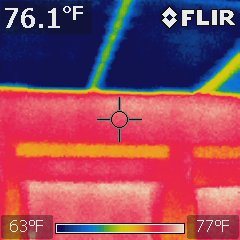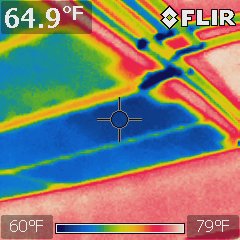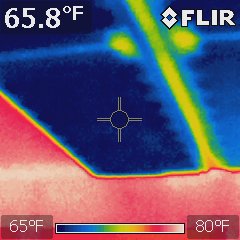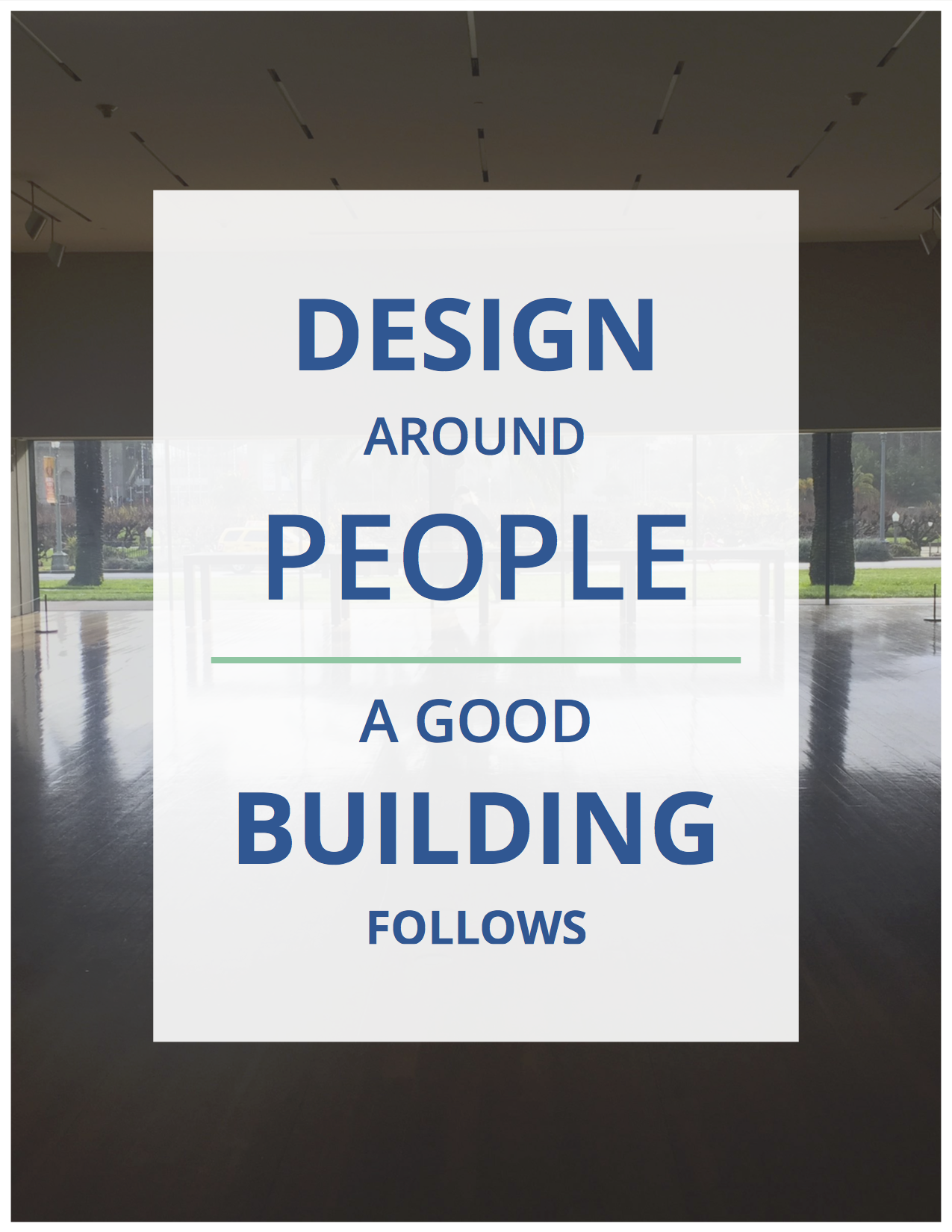Texas' First Radiant Cooling & Heating System (That We Know Of)
Greetings building science enthusiasts!
We're delighted to share with you all that we've completed the installation of the first radiant cooling & heating system installed in Texas (that we know of). You might be saying to yourself now "wait a minute, I've totally seen radiant heated floors in Texas before. What are you talking about?" and you'd be correct. The system we're talking about is a bit different for a few reasons - it's not in the floor AND it's not just a heating system. It's a cooling and heating system that sits in the ceiling of our office. If that sounds crazy to you, well... it is. Keep reading. This was a serious research and development project for Positive Energy and we felt like it was kind of a crazy endeavor too.
It all started when Kristof took a course on mechanical systems with a man named Robert Bean (who is a Canadian gentleman genius and founder of healthyheating.com), who referred us to a book by Kiel Moe called Thermally Active Surfaces In Architecture. It's a phenomenal book.
But don't just take my word for it. You'll find some beautiful excerpts and graphics from the book's introduction throughout the remainder of this post.
“Why do we heat and cool buildings with air? How did a thermodynamically and physiologically irrational medium of heat transfer - air - become the dominant method of heating and cooling buildings? ”
"Water is 832 times denser than air."
"Energy Density is directly related to the density of a material. Water can capture and channel far more energy per unit volume than air. Thermally active surfaces are built around this basic principle."
“The human body is a hydronic, thermally active surface system. Heat energy is transferred in and around a body through the hydronic circulatory system. The heart circulates heat through the blood back and forth between the core of the body to its skin, a thermally active surface. Its thermal system is decoupled from its ventilation system. ”
"Thermally active surfaces in buildings follow this logic, literally."
This alters energy consumption and amends human comfort. Thermally active surfaces in buildings are not metaphors for the body and do not mimic a natural system. Rather, they share the same thermo-dynamical system. In this century, building science and systems will follow how the body actually functions.
Obviously we were interested in exploring this kind of technology for many reasons. In fact, we did an entire podcast episode on the basic principles of radiant heating and cooling very early on in our podcast tenure. It was then that we saw the spark. We knew we were onto something. But given the fact that accommodating supply chains are virtually non-existent here in Texas, we looked west to California. That's where we found Messana. They're a manufacturer of radiant heating and cooling panels (thermally active surfaces) out of Italy and Santa Cruz, CA. We were so excited about meeting them that we did another podcast episode on radiant heating and cooling systems during our California visit a couple of years ago.
If you haven't subscribed to our podcast yet, shame on you. Get to it!
What was so immediately striking to me about this technology was the fundamental shift in thinking about how we heat/cool spaces. We've all seen radiators used in heating dominant climates and chilling beams used for commercial applications in cooling dominant climates, but never before had I conceived of turning the actual building surfaces into radiant surfaces. It took some time for me to wrap my mind around, especially the specifics of avoiding condensation, putting fluid in the ceiling, etc.
More from Kiel Moe on the matter:
“Cooling is a deceptive concept. If a building does not get hot, it does not need to be ‘cooled.’ Thermally active surfaces ‘cool’ by continuously removing heat energy. This is fundamentally different from air based approaches to cooling. If a surface is cooler than the bodies and objects in its space, it is removing heat from those objects and has the effect of cooling. There is no circumstance when the surface temperature should be near or at the dew point temperature to heat or ‘cool’ a space. As such, condensation is not an impediment to thermally active surfaces. ”
There is that fundamental shift - high temp cooling and low temp heating. It seems paradoxical, but it actually makes perfect sense when you take a look at the way heat transfer occurs.
Thermally active surfaces utilize low-supply temperature heating and high-supply temperature cooling to achieve human comfort.
This can save an immense amount of energy in the next century of building.
So there we were with all of this novel information about how the AEC industry is literally staring down the barrel of its own revolution, and we just couldn't let it lie. Gathering the chutzpah to pull this installation off was not exactly an easy process. Very early on, we were presented with a number of challenges that slowed us down and puzzled us. Were this an air-based VRF system, we would have had massive resources to leverage more or less at-will, but with a radiant technology, the local trade and manufacturing infrastructure to install is virtually non-existent in the Texas market right now. Add to this the fact that we had only theoretical expertise in how this could work and you have an installation requiring a significant amount of organization without a lot of organization. But we're suckers for a little bit of self inflicted pain so we rallied behind the general level of excitement to follow through. We worked with Messana, SpacePak, UltraAire, and assembled the "big pieces" of the installation.
Smiling Faces On Installation Day 1
With the help of our good friend Greg Cross out of Santa Cruz, CA (former Messana installer and wihz) we gathered the necessary equipment, ordered plenty of tacos, and got to work. There's a lot involved - sweating copper, running pex, hanging sheetrock, schematic layouts, system commissioning. Please don't try this at home unless you've got a professional on board or you're just averse to keeping your wallet full.
At this point you might be wondering "what the heck does a system like this even look like?" Well you're in luck - Matt Risinger came over to take a tour.
We also made a pretty geeky video walking you through the whole thing in more detail.
As you can see, it's a complicated system, but the benefits of a low exergy system like this are bountiful.
Incredibly Low Site Energy Usage
Simulated Mass
Quiet Operation
Improved Thermal Well Being
Heat Transfer
"How did a thermodynamically irrational medium of heat transfer -air- become the dominant method of heating and cooling buildings?
Here are some highlights of the installation:
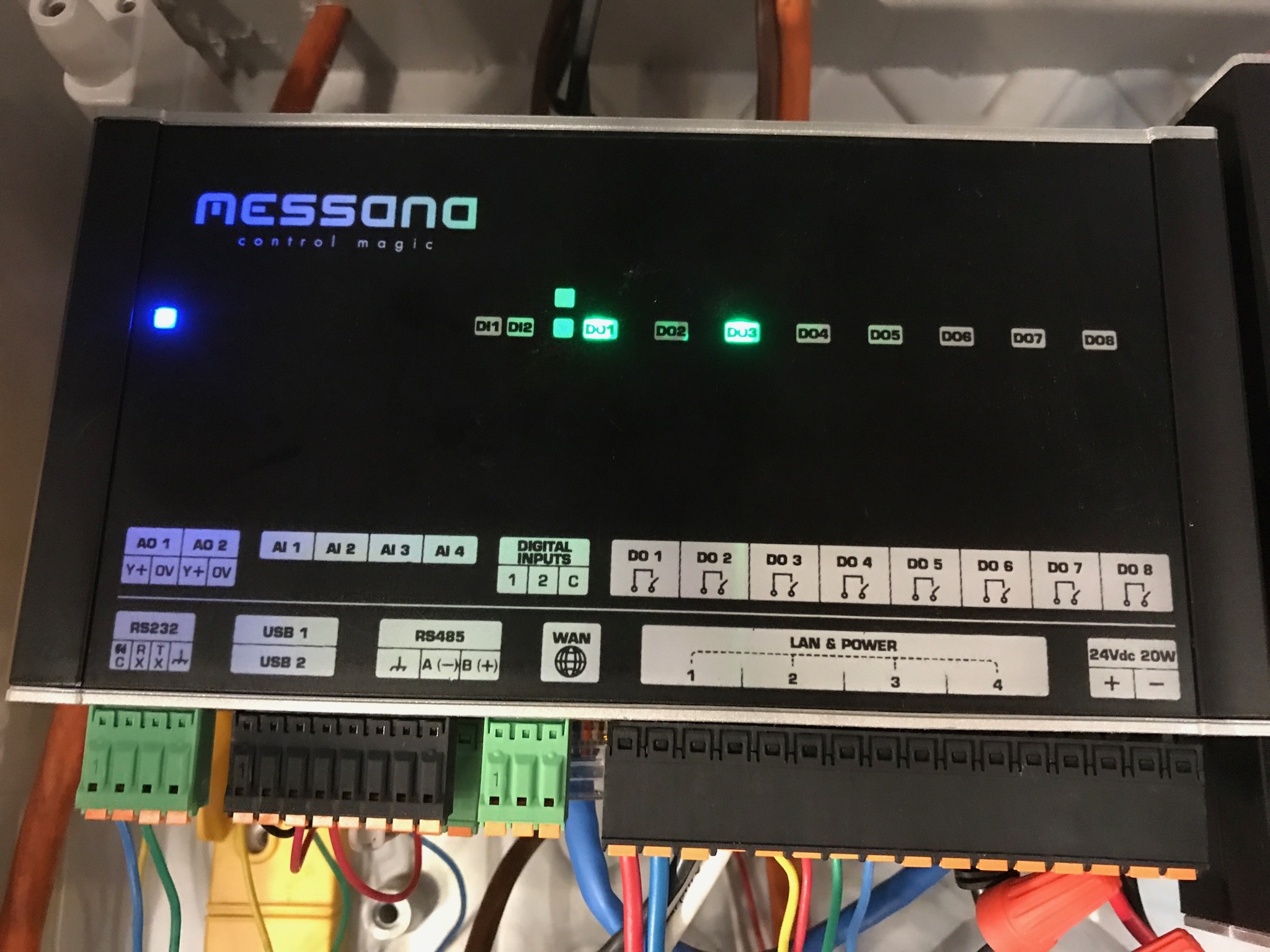
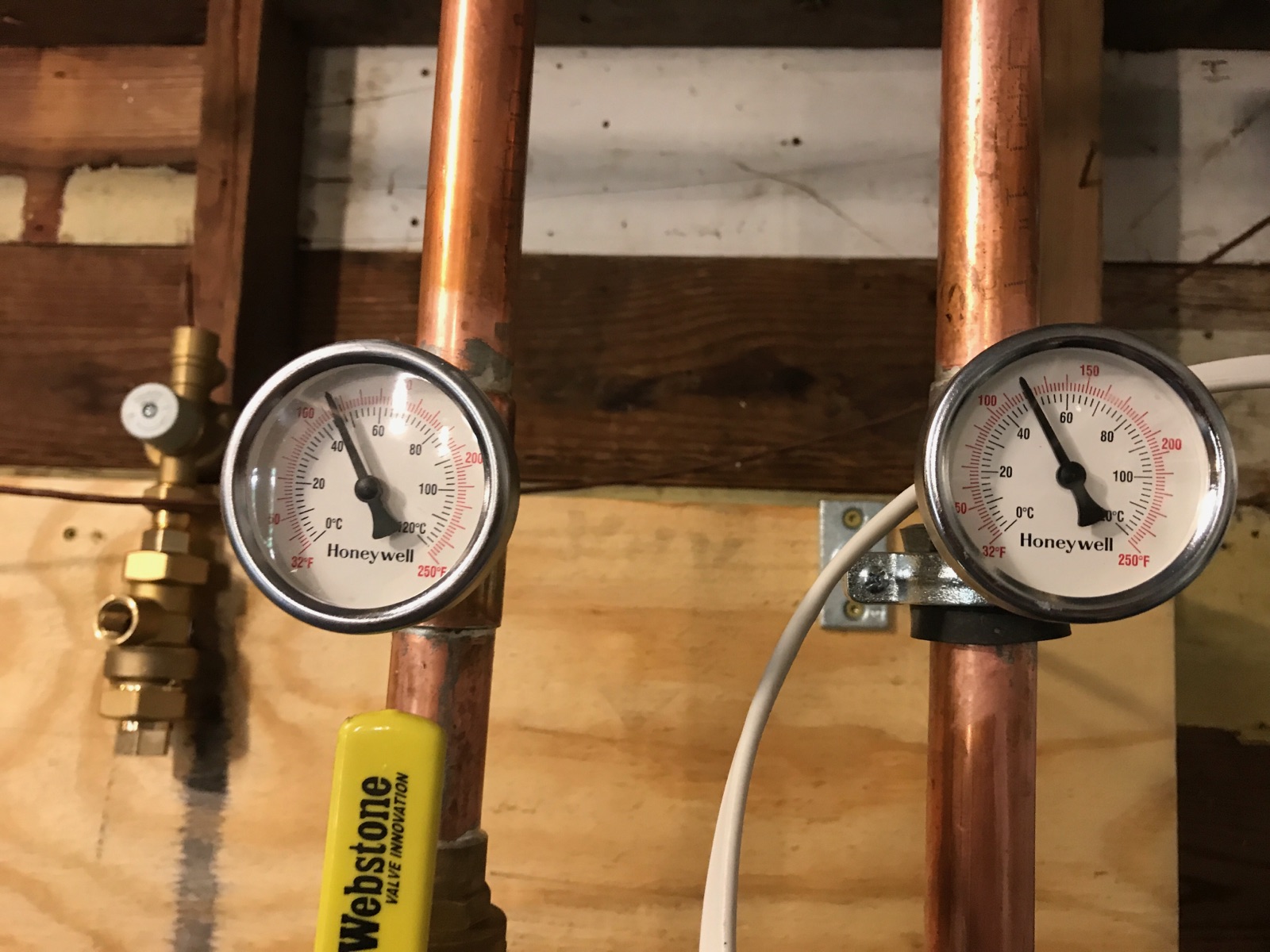

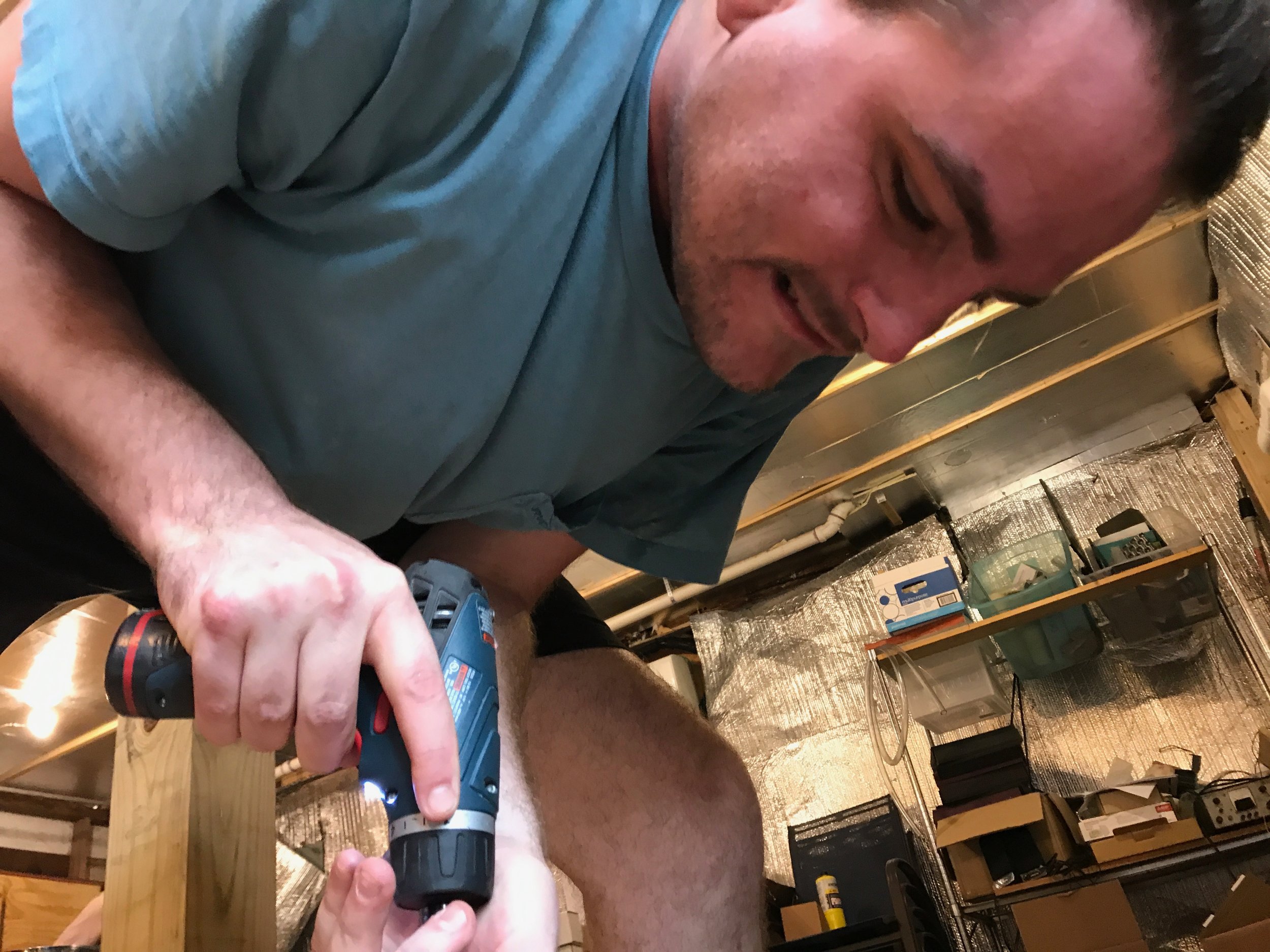
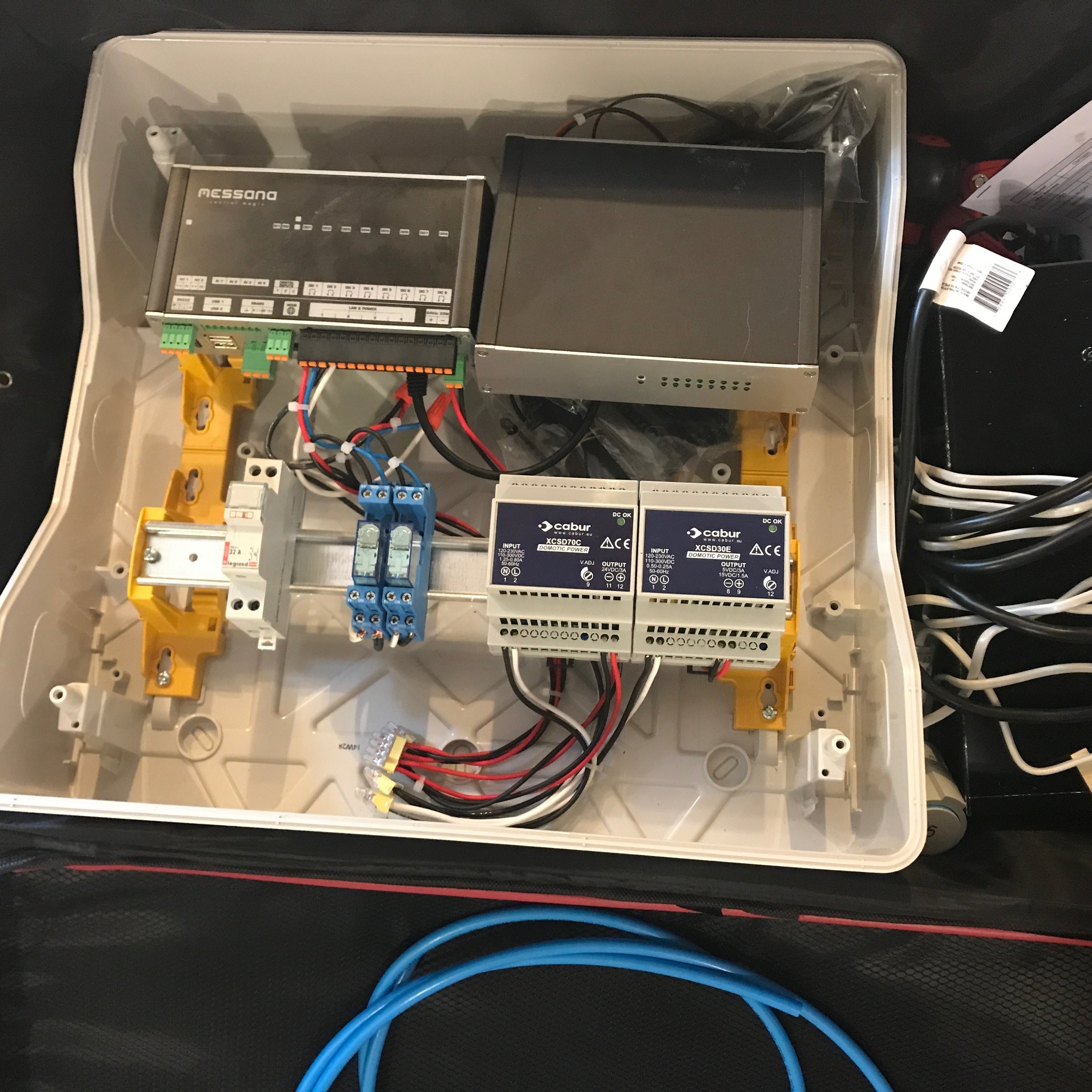
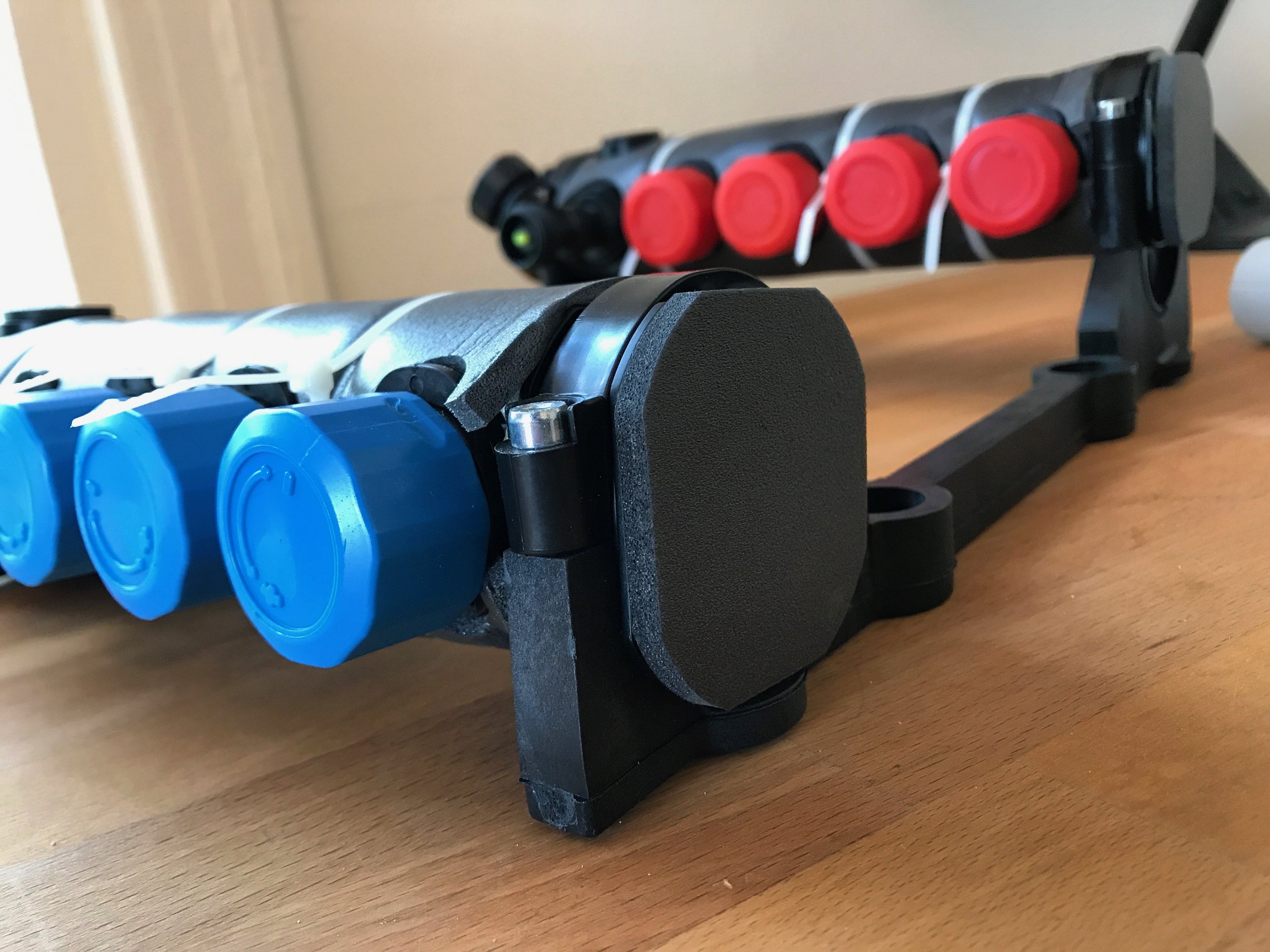

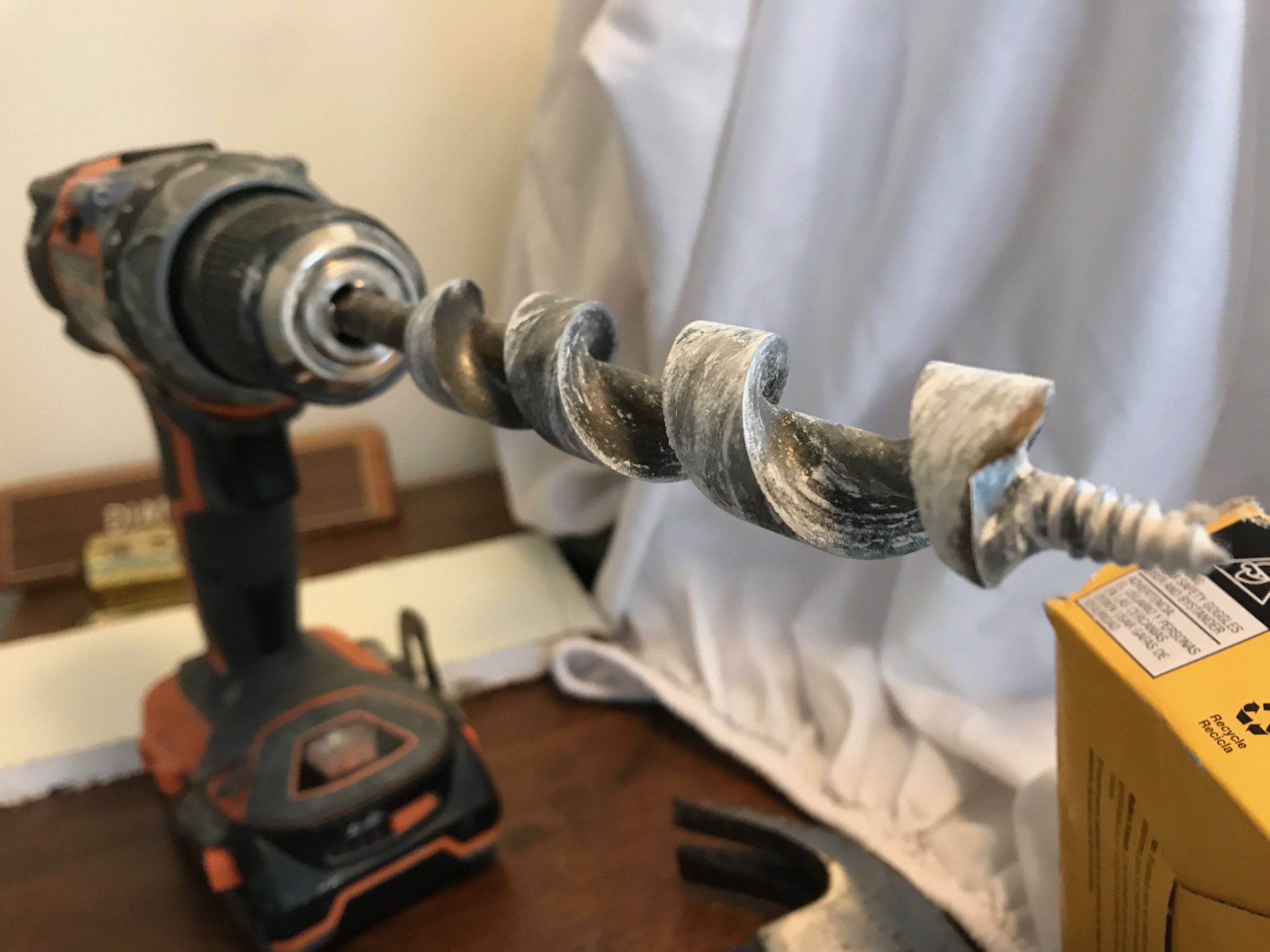




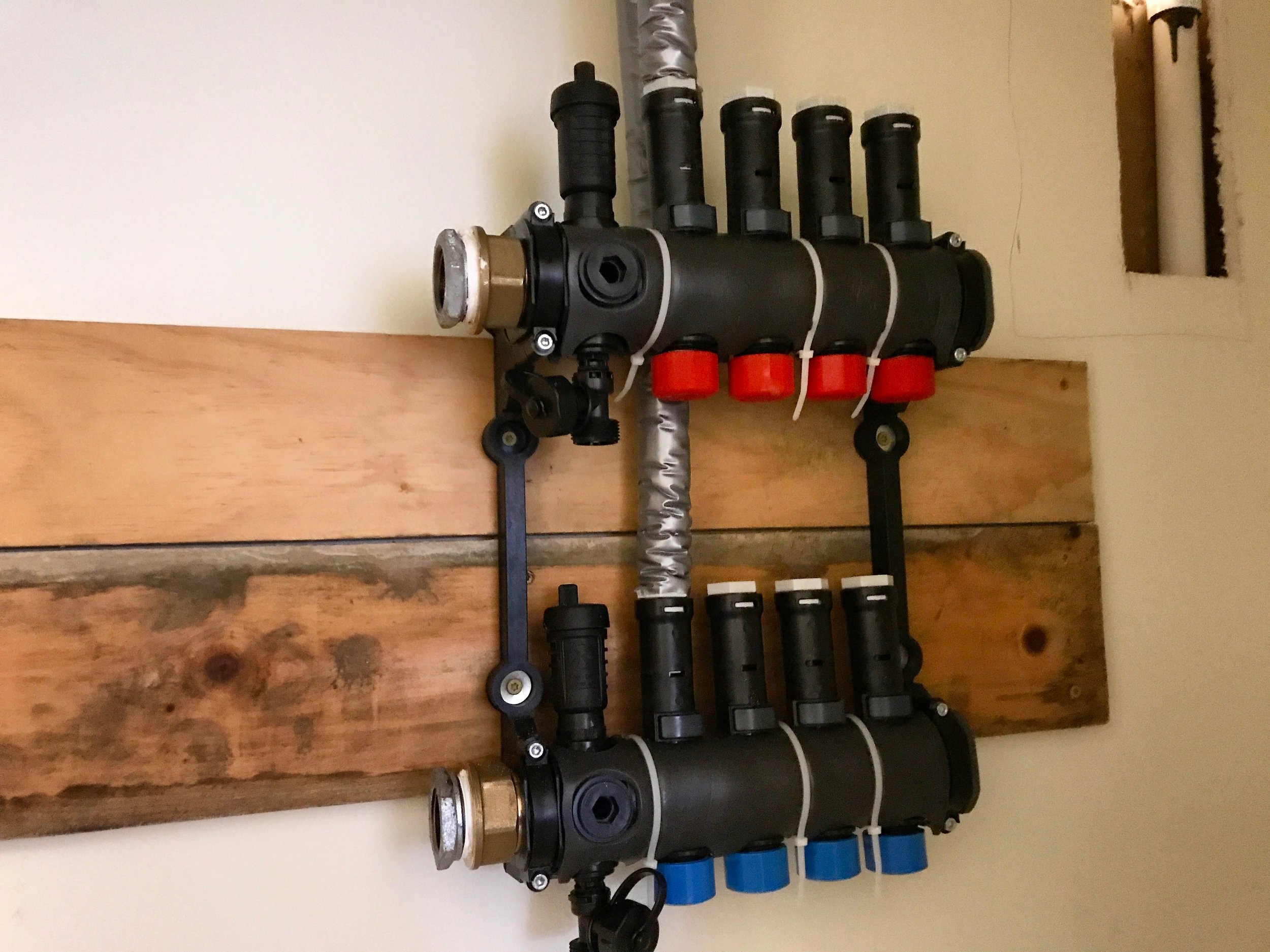
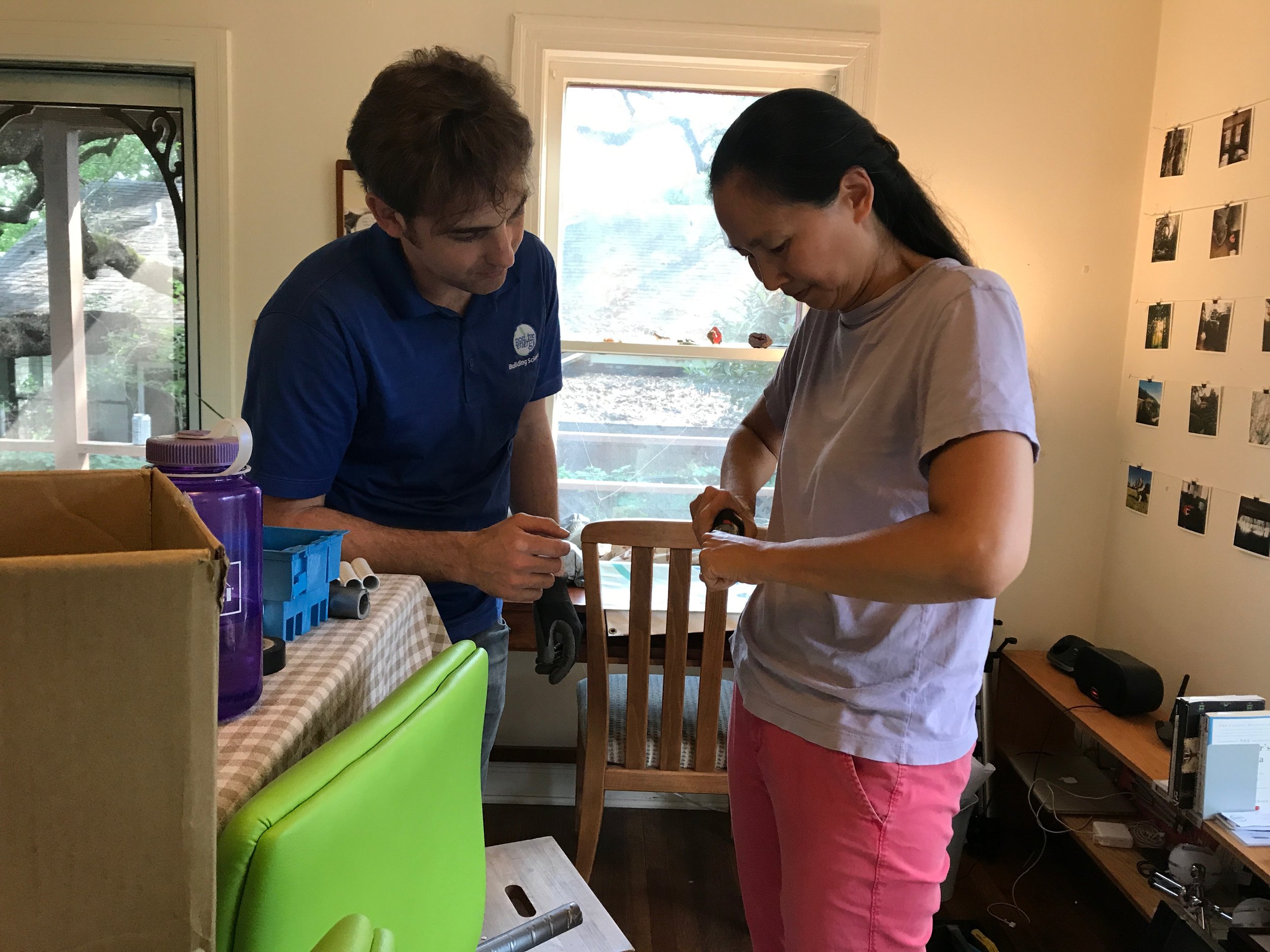


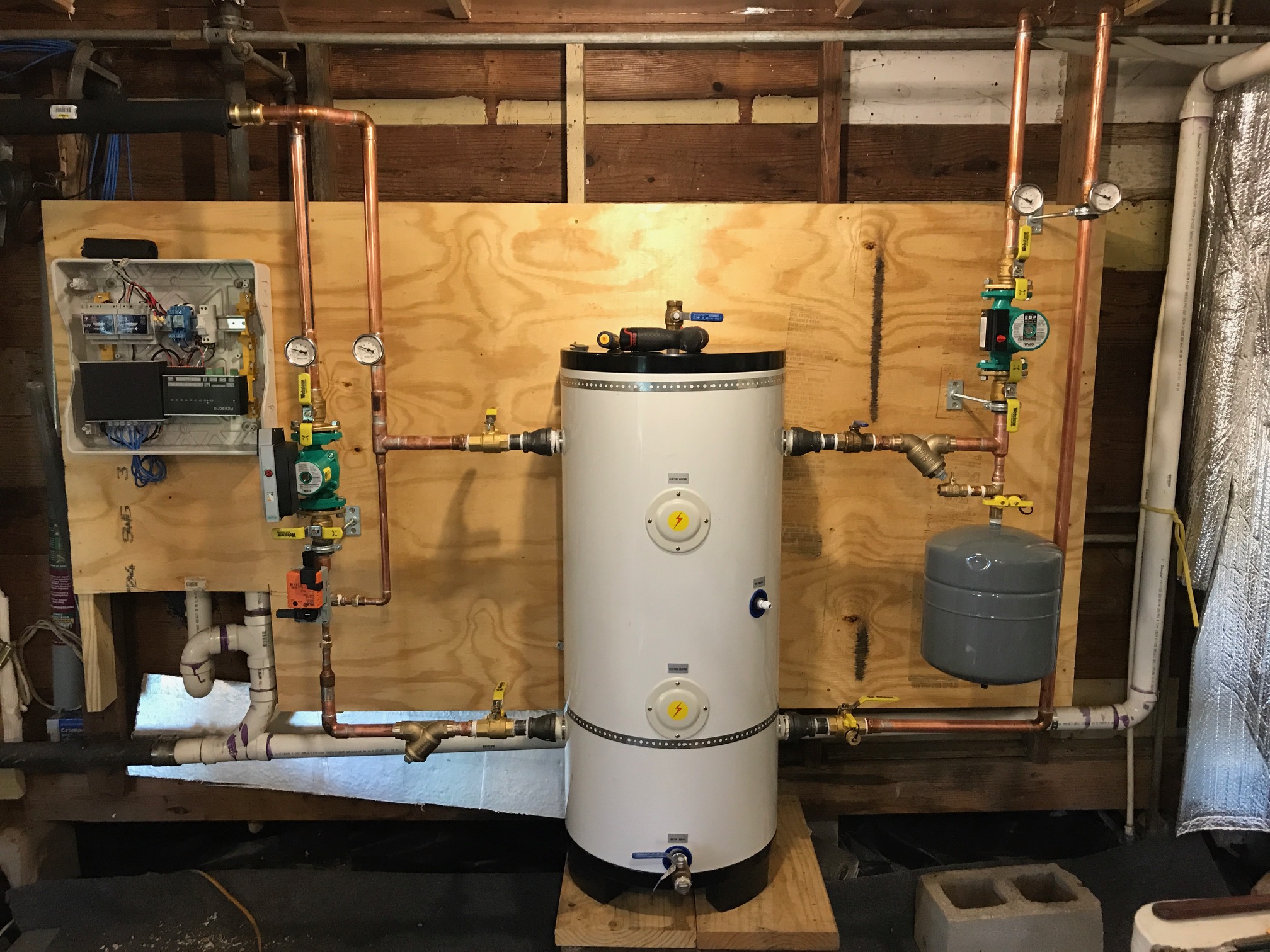
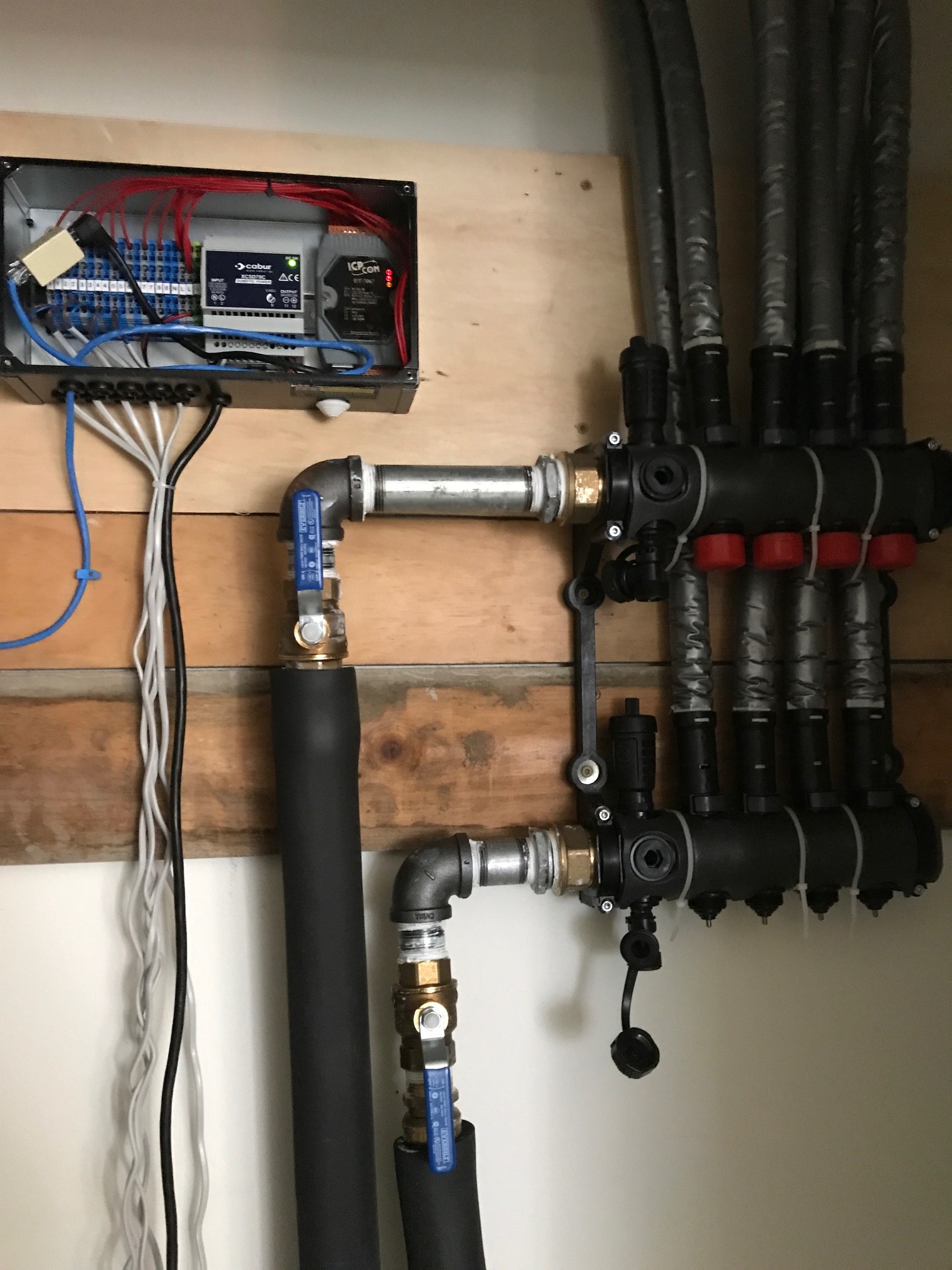
It fortuitously happened that day that the morning outdoor temps started in the 50s and climbed into the upper 80s by afternoon. We had opportunity to use both system modes after we finally got the system turned on. And of course, we got out the IR cameras in both heating and cooling modes.
What would change if we heated and cooled buildings with water rather than air?
Thermally active surfaces stand to advance architecture’s practices and performances: its techniques, technologies, professional and ecological sustainability, budgets, and formal possibilities.
“Thermally active building surfaces is a technique that promises to finally dissolve the fallacy of fragmented architectural design, building science, and their pedagogies.”
If this maxim holds true, then our office should be the coolest one on the block (pardon the pun). We're thrilled to have this system in our office and can't wait to have you over to check it out. Let us know next time you'll be in the neighborhood and we'll see about having you over to check out our 8th wonder of the world.
And remember, all of this madness is because we see the clear future for architecture and construction in one simple phrase:
Want To See It In Person?
Thursday, June 22
Please join us to get an in-person tour of our radiant system and discussion about the benefits and future of systems like this:
Bring the beer/wine you love along with an open mind.
Come to our office at 1206 B South 3rd, Austin, TX 78704
Please respect our neighbors by parking along 3rd street near the park
Show up at 4:30PM, leave at 6:00PM
Big thanks to our friends at Messana for their generous material, intellectual, and financial support of this system. Without their help, it wouldn't have been even remotely possible. Check out their amazing products yourself and don't hesitate to reach out to us with more questions about how it all works








